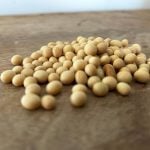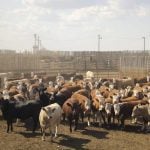
Tag Archives Practical Research
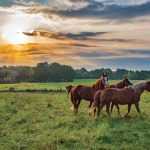
How to produce quality hay horse owners want to buy
Taking crops off your hay land is much the same as cropping it to wheat or canola

Let’s get real on cover crops
Let’s call them Prairie catch crops

Why should you rotate your crops?
Practical Research: Consider these consequences
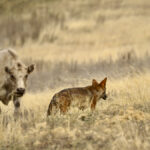
The coyote conundrum continues
The coyote is guilty of livestock predation, but how does this cost compare with farm crop value gains?
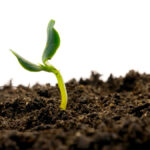
Anticipate herbicide damage
After a very dry year followed by a cold winter, watch for residual herbicides
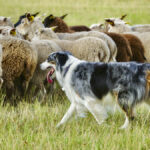
Dogs, more dogs and farm dogs
Working breeds for the farm and for herding cattle or sheep

A closer look at ergot
Get your soils tested for copper levels if you get ergot in wheat, barley or oats, and if crops lodge easily and the grain is poor quality

Bring on the boron
Boron deficiency can cause failure to set seed and ergot infection

St(RAW) deal
Don’t rob our Prairie croplands — help rejuvenate them by working in all crop residues
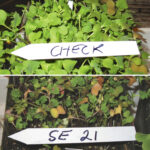
Herbicides and bioassays
A dry fall followed by a dry spring may leave much higher levels of residual herbicides

